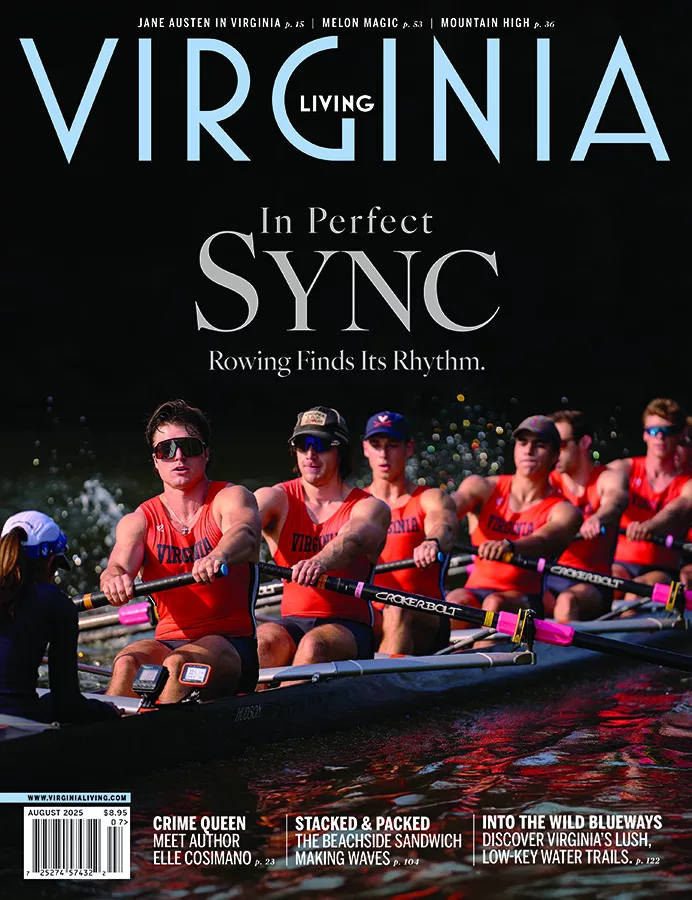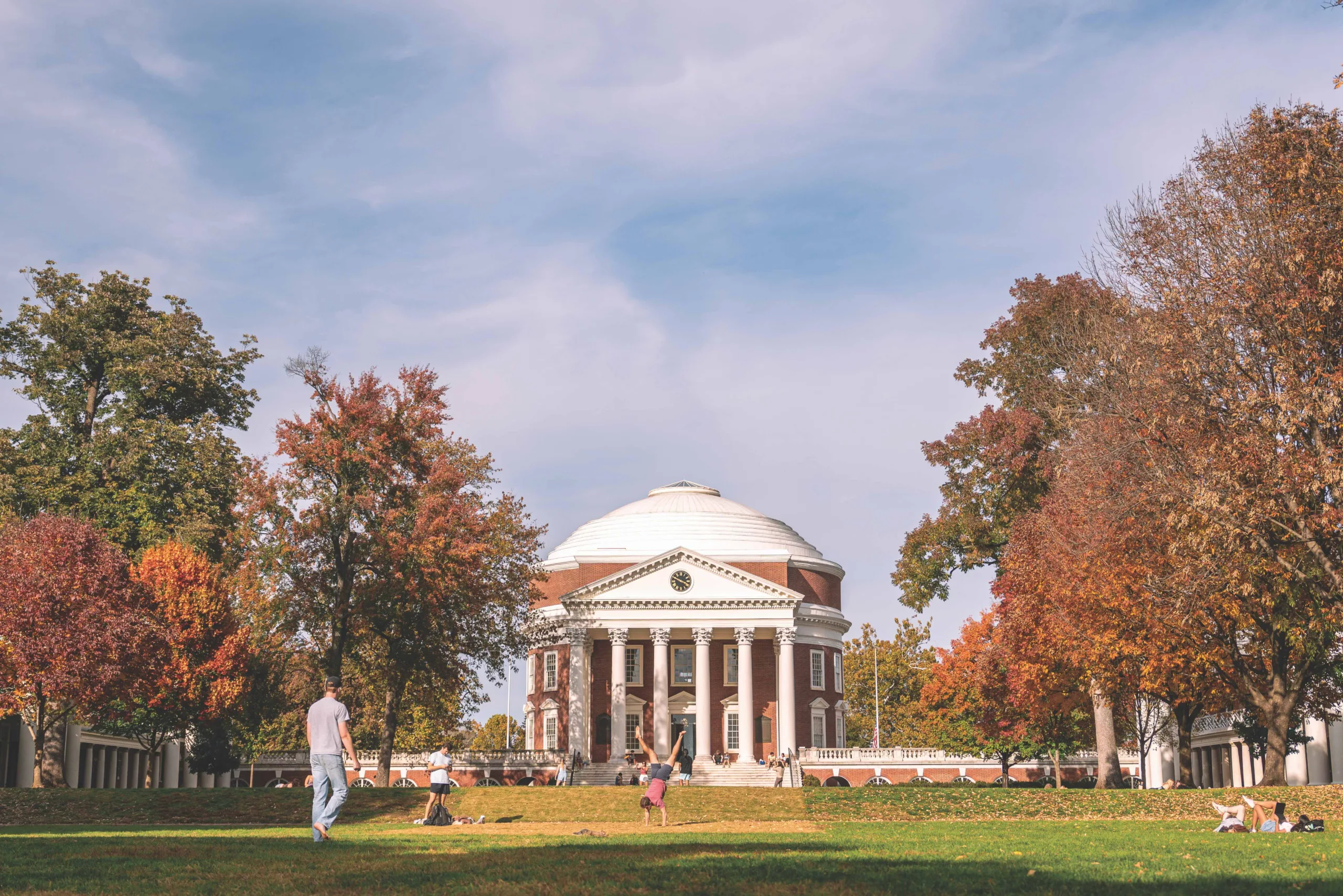Hunter Apiaries breeds superbees.

Hunter Apiaries
“The honeybee pollinates a third of our food supply,” says Karl Hunter, so beekeeping is essential to U.S. agriculture. Which is why Hunter and his wife, Beth, both in their 50s, run an eponymous apiary in Pulaski, supplying mite-resistant, cold-tolerant queens to East Coast beekeepers.
“In 1986, the Varroa mite was introduced in the U.S.” from unknown sources, says Hunter. The parasitic mite began attacking beehives and wiping out colonies, wreaking havoc on bees who had no defense against this new threat. “Bees want to do only two things,” explains Hunter, “swarm in the spring and survive the winter.” Getting through the winter is a struggle under normal circumstances, but if the Varroa mite attacks a colony, the bees have little chance for survival. “Before 1986, it was natural to lose roughly 10 percent of your hives each winter,” explains Hunter. After the mites arrived, that number jumped to 40 percent.
Luckily, Hunter had a solution: breed mite-resistant, cold-tolerant bees. “Bees are interesting in that all their behavior is genetic,” explains Hunter. “They’re like little bio machines that respond to their programing.” A hive’s genetics run through the queen, so by carefully breeding them, beekeepers like Hunter are able to control the hives’ characteristics. By crossing a cold-tolerant breed of bee with a mite-resistant Italian breed of bee, Hunter creates queens that can resist these two threats. Hunter Apiaries sells their super queens to beekeepers up and down the East Coast, in particular to those in the Northeast who are looking for cold-tolerant queens.
As a testament to their success, Hunter says that they lost just one hive this winter, which represents only 3 percent of their operation. “Beekeepers are the unsung heroes of agriculture,” says Hunter, but Hunter Apiaries just might be the unsung hero of the honeybee. HunterApiaries.com









